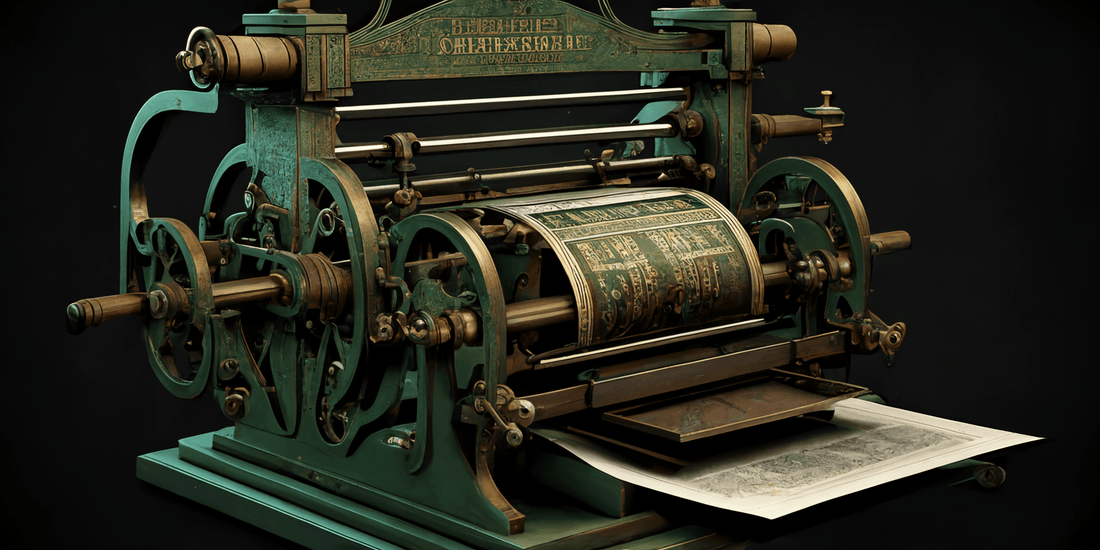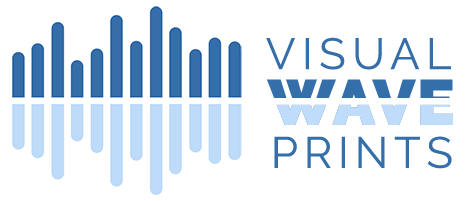
The History of Printmaking: From Etchings to Giclée Prints
Daniel WroblewskiShare
Printmaking, an art form with centuries of evolution, has undergone numerous changes throughout history. The first iteration of this artistic expression, known as etchings, dated back to the 15th century and was used to produce multiple copies of the same image. The journey of printmaking, however, continued. As the years passed, new techniques and forms emerged, including woodcuts, lithographs, screenprints, and giclée prints. In this essay, we delve into the historical progression of printmaking, starting from the ancient art of etchings to the digital advancements of giclée prints.
The earliest form of printmaking, etchings, required a metal plate made from copper or zinc. An artist would draw an image on the plate and protect it with wax or resin, exposing only the parts intended for etching. Then, by immersing the plate in an acid bath, the artist could create a relief of the original drawing. This relief was then inked, and when pressed onto paper, an etching was produced. The process could be repeated to make multiple copies of the same image. Over the centuries, etchings became more intricate, with artists experimenting with new techniques to produce even more detailed works. By the 19th century, etching had developed into a respected art form.
The late 19th and early 20th centuries saw the introduction of two new forms of printmaking: woodcuts and lithographs. Woodcuts were made by carving an image into a block of wood, which was then inked and pressed onto paper. Lithographs, on the other hand, were created by drawing an image onto a flat stone or metal plate, then treated with chemicals to prevent ink from adhering to certain parts of the plate. The result was an inked and pressed image onto paper. These new forms of printmaking allowed for further artistic expression and experimentation.
Screenprinting, a form of stencil printing, was introduced in the mid-20th century and quickly became a popular form of printmaking. By pressing ink through a screen onto paper, screenprinting allowed the creation of bold and colorful images, a style that remains popular today.
 Giclée prints, the newest form of printmaking, emerged with the advent of digital technology. Made using high-quality digital printers and specialized inks, giclée prints are created by spraying microscopic droplets of ink onto fine art paper or canvas, resulting in high-resolution images. The quality and quantity of giclée prints have made them increasingly popular among artists.
Giclée prints, the newest form of printmaking, emerged with the advent of digital technology. Made using high-quality digital printers and specialized inks, giclée prints are created by spraying microscopic droplets of ink onto fine art paper or canvas, resulting in high-resolution images. The quality and quantity of giclée prints have made them increasingly popular among artists.
In conclusion, the evolution of printmaking, from etchings to giclée prints, showcases a complex and captivating journey of artistic expression. Throughout the centuries, artists have constantly pushed the boundaries, experimenting with new techniques and materials and creating works of art that continue to inspire us today. With exciting technological advancements on the horizon, the future of printmaking holds limitless possibilities for further growth and development.
